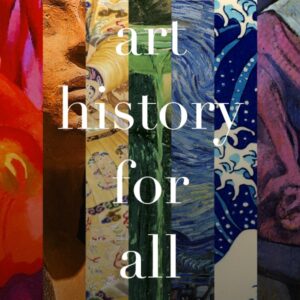0
0
محصول
مشاهده سبد خرید
سبد خرید خالی است.
